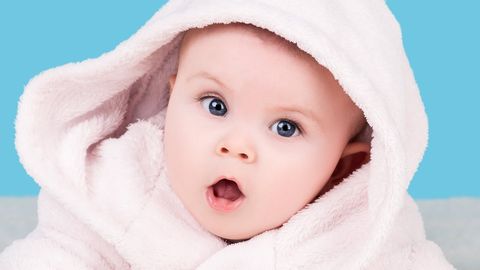「男子はブルー、女子はピンク」の理由はなぜ?
Elise Chuang が 2022 年 05 月 21 日 に投稿  この条件に一致する単語はありません
この条件に一致する単語はありませんUS /spɪˈsɪfɪk/
・
UK /spəˈsɪfɪk/
US /səˈner.i.oʊ/
・
UK /sɪˈnɑː.ri.əʊ/
US /səˈfɪstɪˌketɪd/
・
UK /səˈfɪstɪkeɪtɪd/
- adj.話をより複雑にする;洗練された
- v.t.洗練させた
エネルギーを使用
すべての単語を解除
発音・解説・フィルター機能を解除
